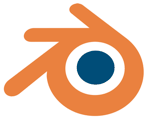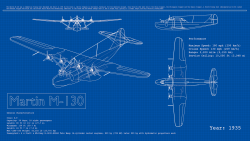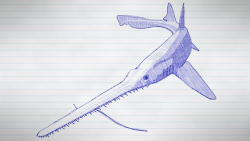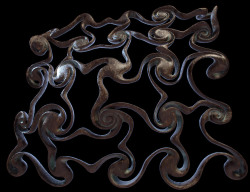Blender 2.67 renders cartoons

For about 2 years, the Blender open source 3D modelling package has included Cycles, a render engine that uses path tracing. This engine can be used to produce photorealistic images with little effort. Until now, those who wanted to render a graphical or cartoon-like image for a 3D model had to use Blender's internal render engine for such Non-Photorealistic Rendering (NPR). However, this engine is quite old and doesn't always produce convincing results. The new version 2.67 of Blender closes the gap by offering the Freestyle cartoon render engine. Freestyle uses 3D geometry to calculate lines that can either be used on their own or combined with the surface rendering results from other engines.

![]() The newly integrated Freestyle render engine offers various line options. Possibilities range from precision technical drawings...
The newly integrated Freestyle render engine offers various line options. Possibilities range from precision technical drawings...
Source: Blender Wiki
Version 2.67 includes a special 3D Printing Toolbox for preparing 3D prints; this add-on offers a useful collection of tools for analysing surface meshes and objects. For example, the tools allow users to calculate volumes and surface planes or check that forms are closed (manifold). The add-on also checks for overlapping areas and planes as well as zero-length edges – all of which would cause problems in 3D printing. The toolbox will convert any overly distorted planes into triangles. When printing without supportive structures, overhangs are critical. The tools allow overhangs, and the minimum wall thickness of objects, to be calculated and displayed. The Blender Foundation has announced that a special training DVD that demonstrates all available features will be released for the 3D Printing Toolbox. It is scheduled to become available on disk and as a paid download on 14 May.

![]() ...to simulated freehand drawings from a 3D model
...to simulated freehand drawings from a 3D model
Source: Blender Wiki
Those who develop custom add-ons can now use Python to define custom nodes. Such nodes can receive, process and pass on data. The Cycles Compositor and Shader Editor already use the node concept, and PyNodes now allow the developers of external render engines to create node-based workflows in Blender with significantly less effort than before. Luxrender is the first external render engine to have adopted this approach, and the interface is due to be integrated into version 1.3 of the engine. Future versions of the PyNode framework are also planned to allow users to modify the geometry of 3D objects in a similar way to components such as Houdini. However, the relevant Blender add-ons are currently still in early alpha state.

![]() The twist brush in Sculpt Mode has been revised and now allows the vortex effect to be controlled in two dimensions
The twist brush in Sculpt Mode has been revised and now allows the vortex effect to be controlled in two dimensions
Source: Blender Wiki
The developers have revised Blender's paint system – the menus for painting textures and for Sculpt Mode now offer unified entries and new options. For example, jittering can now be defined in absolute or relative form. Brush sizes and stroke options can be adjusted separately. Overlays are now supported in all paint modes, and brush and texture settings can be adjusted separately and combined. Stencil Mapping has been added as a new mapping mode – it allows users to add a mask to a 3D model that will protect parts of the texture from being modified. Textures can now be used in vertex paint modes, which involves painting on the nodes of a mesh.
Subsurface Scattering is required to realistically render materials such as skin, wax or milk, and the Cycles render engine now supports this functionality. To allow Cycles to use the graphics card for calculations, Blender 2.67 requires a card that offers at least CUDA compute capability 2.0. Older models such as GeForce series 2xx and 3xx cards are no longer supported. The developers have completely rewritten the motion tracker's solver for tripod shots, which now automatically corrects focal length and lens distortion values. When loading a video clip for tracking, the clip will automatically be buffered for smoother playback. Blender is now also significantly faster when creating proxy clips.
The developers have also made changes to the user interface. Render layers and passes can now be found on a dedicated tab to the left of the Render tab in the Properties Editor. Multiple toggle buttons can be switched in one go by dragging the mouse, which is particularly useful in the Outliner. New search features have been added for nodes in the Node Editor and for existing keyboard configurations, which will mainly please those who like to customise their programs.
Finally, the developers say that they have fixed more than 260 bugs since the previous version 2.66. Blender 2.67 works under Windows, Mac OS X and Linux as well as FreeBSD and is available to download under the terms of the GPLv2.
(Gottfried Hofmann / fab)
![Kernel Log: Coming in 3.10 (Part 3) [--] Infrastructure](/imgs/43/1/0/4/2/6/7/2/comingin310_4_kicker-4977194bfb0de0d7.png)

![Kernel Log: Coming in 3.10 (Part 3) [--] Infrastructure](/imgs/43/1/0/4/2/3/2/3/comingin310_3_kicker-151cd7b9e9660f05.png)
















